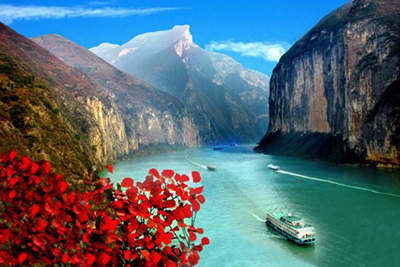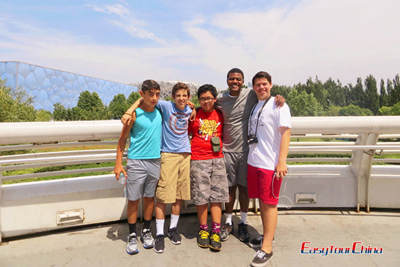Why Was the Terracotta Army Built: Reasons and Fun Facts to Know
Reason 1: The Terracotta Warriors Were Made to Guard Qin Shi Huang and His Tomb in the Afterlife
The main reason why the Terracotta Army was built is to protect Qin Shi Huang's safety in the afterlife. Having consolidated the six rival kingdoms yet failing to conquer mortality, Qin Shi Huang reluctantly acknowledged death's inevitability. In ancient Chinese culture and burial customs, the afterlife replicated earthly life: whatever you buried, you kept. Qin Shi Huang wanted a powerful army to stand by him and protect him from potential attacks and invaders, so he ordered the creation of these life-sized clay soldiers to protect his mausoleum.
Deeply influenced by Yin-Yang and Five Elements philosophy, he believed all things possessed spiritual essence. The clay bodies were thought to have actual sentinels' souls, forever bound to defend their master like real guardians.
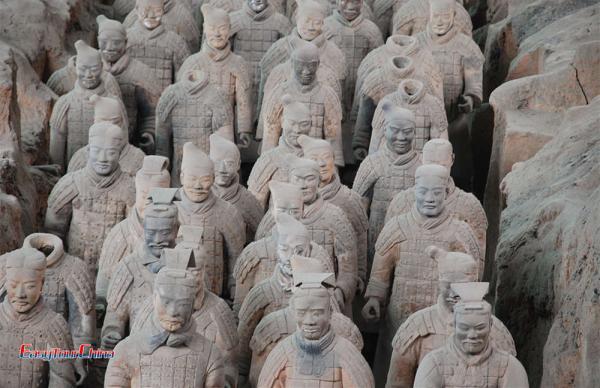
Reason 2: The Terracotta Army Was Built to Replace Human Sacrificial Burial Practices
Human sacrifice flourished during the Shang and Zhou eras, but the constant warfare of the Warring States period made population more crucial. Therefore, various states abolished live burial practices, replacing them with terracotta and wooden figurines. Duke Xian of Qin had abolished human sacrifice, and Qin Shi Huang, one of the greatest Chinese emperors in history, continued this policy.Why were the Terracotta Warriors built for burial instead of using live human sacrifices in Qin Shi Huang’s reign? Emperor Qin Shi Huang unified China with the help of Shang Yang's reforms and was himself a staunch Legalist. Thus, although Qin Shi Huang constructed his mausoleum early, he had no intention of reviving human sacrifice, opting instead for terracotta warrior figurines. This approach aligned with the Legalist principle of "valuing practicality over empty rituals" while demonstrating his benevolent governance - sparing soldiers' lives.
>> Recommended Xian Day Tour to Terracotta Warriors
Reason 3: Qin Shi Huang Sought to Rule as Sovereign over Both the Living World and the Afterlife
Qin Shi Huang was an emperor of extraordinary ambition and thirst for power, who yearned for immortality to eternally rule the Great Qin Empire. So he built an entire pottery army, copying every detail of his real troops, to keep "ruling" underground. This is a crucial reason why the Terracotta Army was built. The military composition (infantry, cavalry, chariots) mirrored the actual Qin army, embodying his ambition to "command limitless troops."
In his later years, Qin Shi Huang became deeply devoted to alchemists and elixirs, hoping to achieve immortality and eternal rule over the Qin dynasty. However, the alchemists he sought were all smooth-talking frauds, and the elixirs they offered were essentially slow-acting poisons. When eternal life proved unattainable, Qin Shi Huang turned his genius toward eternity instead - commissioning the Terracotta Army as his spectral battalion. Those thousands of clay soldiers weren't just for show; they were his insurance policy.
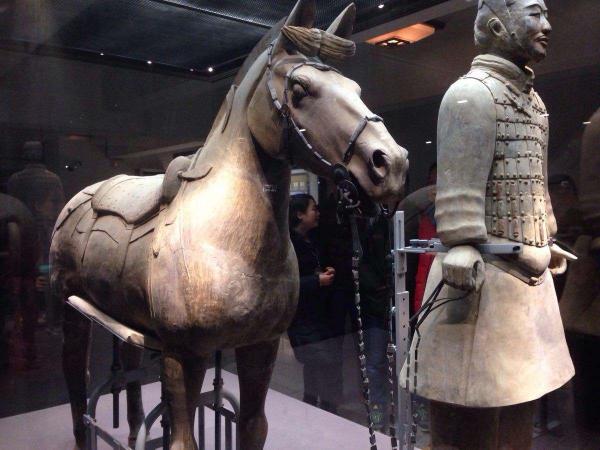
Reason 4: The Terracotta Army Was Built to Demonstrate National Power and Qin Shi Huang’s Achievements
An important reason why the Terracotta Warriors were built is to show Qin’s power and Emperor Qin Shi Huang's achievements. Emperor Qin Shi Huang launched campaigns and conquered the other six states. Hence, the military might that enabled his ultimate victory became his lasting legacy. So he ordered to build the Terracotta Army that stands frozen in battle formation to demonstrate the national power of Qin.
These perfect replicas of Qin's deadly infantry, horseback lancers, and crossbow companies serve as both a permanent military exhibition and a stone-cold warning against rebellion. On your Xi’an travel to the Terracotta Warriors and Horses Museum, you’ll see the pits contain vast numbers of cavalry, infantry, archers, and charioteers. Each figure has a distinct, lifelike appearance with piercing eyes, perpetually declaring the Qin army's might to the world. The scale and exquisite craftsmanship of these warriors demonstrate the emperor's absolute power and immense wealth.
>> Recommended 3-Day Xian Highlight Tour with Terracotta WarriorsMore Facts about Why and How was Terracotta Army Built
Who Made the Terracotta Army?
As one of the top ten tourist attractions in China, the world-famous Terracotta Army was commissioned by China's first emperor, Qin Shi Huang. Under his decision, Prime Minister Li Si was in charge of planning and design, while General Zhang Han supervised the construction of it. Many skilled craftsmen, recruited from both the imperial and regional pottery workshops, worked tirelessly to make this breathtaking clay army. When visiting the Terracotta Warriors Museum, you’ll discover terracotta warriors with the names of craftsmen on them.
>> Related reading: 15 Must-Know Fascinating Facts about the Terracotta Army in China
Why Did It Take Decades to Build the Terracotta Army?
According to research, it took about 39 years to build the Terracotta Army. The construction of it began in 246 BCE when the 13-year-old Ying Zheng first ascended the Qin throne. After unifying six states in 221 BCE, he significantly expanded the project, which extended the duration. Due to its unprecedented scale and intricate craftsmanship, the Terra Cotta Warriors remained unfinished at Qin Shi Huang's death in 210 BCE, and were finally completed in 208 BCE under his successor Qin Er Shi.
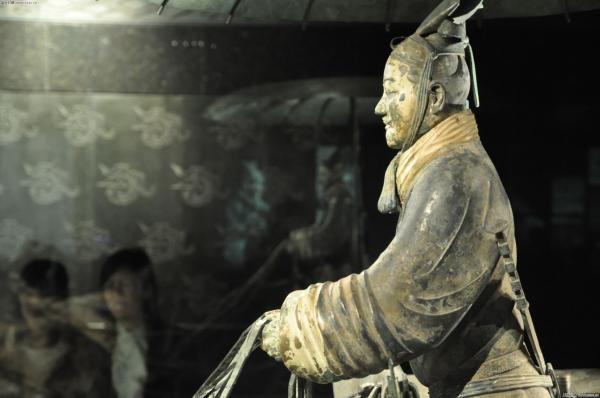
How Was the Terracotta Army Built?
The entire creation process of the Terracotta Army adhered to a four-stage method: molded sculpting, modular assembly, kiln firing, and post-firing pigmentation. Emperor Qin Shi Huang first selected the most courageous and skilled warriors. Potters then sculpted the torsos, heads, and limbs of these real-life models at a 1:1 scale. Like assembling LEGO, artisans pieced together separately crafted components—some fired as complete statues, others baked in segments and joined afterward.
After detailed carving of facial features, expressions, headwear, and clothing, the figures were air-dried and then fired in kilns at approximately 1000 degrees Celsius. Finally, the figures were painted and finely retouched. During the terracotta warriors colouring process, a layer of raw lacquer was first applied to the terracotta figures, followed by a white base coating. Then, flat color painting was executed. Areas like hands, faces, and feet received two to three layers of pigmentation. Due to exposure to external air after excavation, most of these colors have now faded away.
Why Does the Terracotta Army Face East?
Notice how all 8,000 warriors face east? This wasn't random—it was strategic symbolism. First, the east was where Qin's beaten enemies lived, so facing east was like keeping an eye on troublemakers. Second, armies always face where they expect fights, and Qin's fights usually came from the east. Third, sunrise in the east means new beginnings, and Emperor Qin Shi Huang hoped to live forever.
>> Recommended 4-Day Xian Historical Tour with Terracotta Warriors

